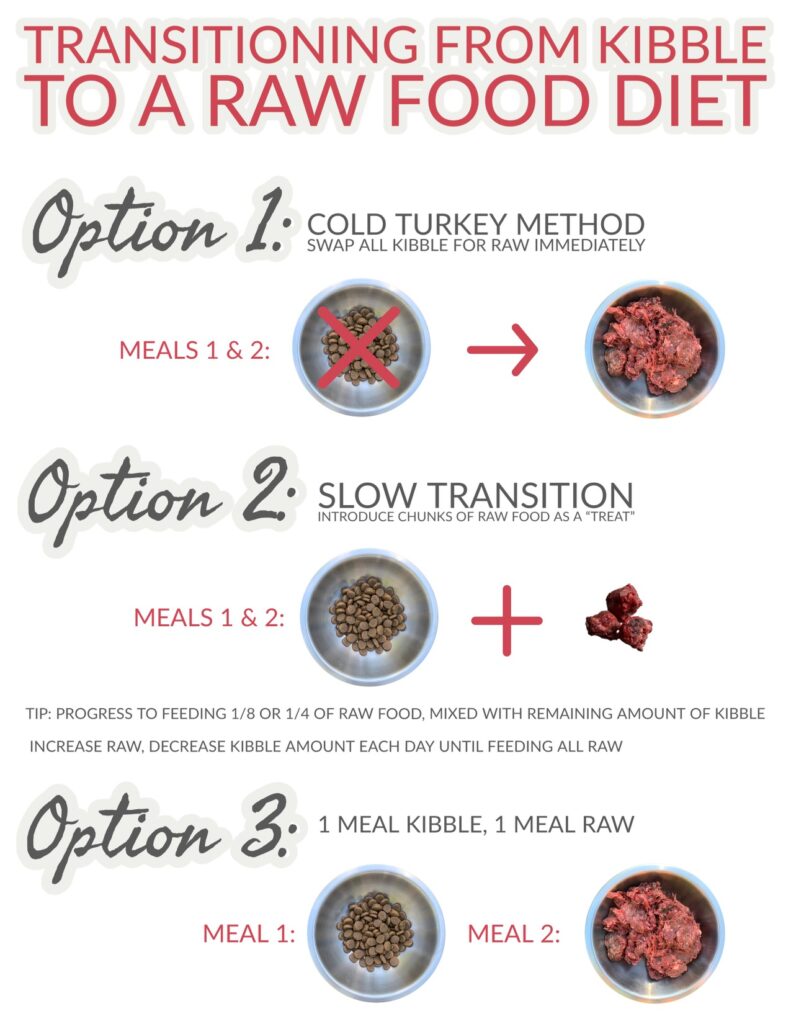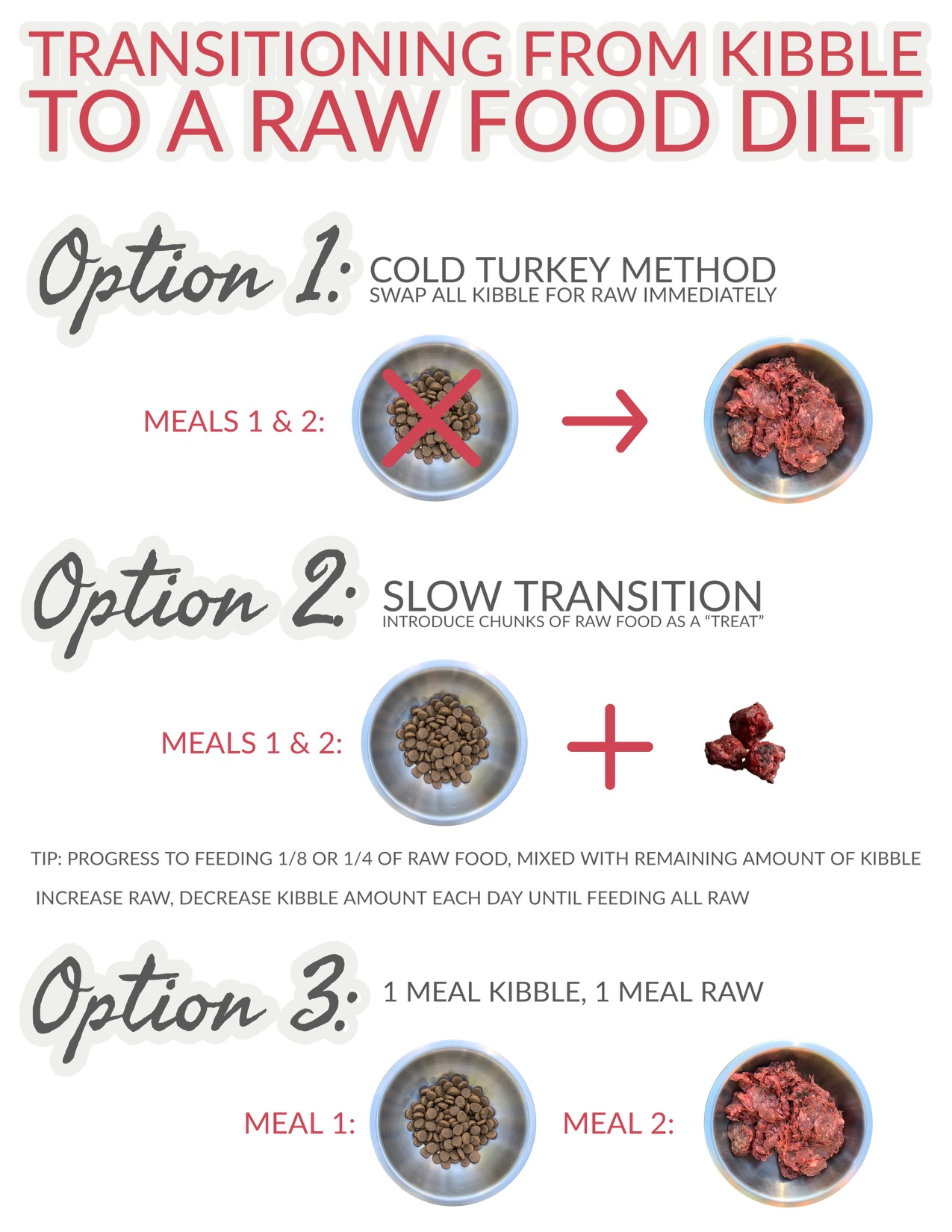FREQUENTLY ASKED QUESTIONS
How to feed Rustic Mutt raw dog food?
Rustic Mutt provides the option of quality, affordable, local, small-batch raw dog food that requires minimal prep work on your end. Our 5lb tubes allow you to determine the portion size that best suits your dog. After thawing, place remaining raw food in an airtight container and store in the refrigerator for up to 4 days.
While we believe your dog will thrive solely on our beef blend (whole-prey meat, bone, and organs) we also understand you may feel most comfortable providing your dog with additional nutritional variety. Wholefood canine-appropriate options you may consider pairing with our Rustic Mutt raw beef blend:
-Raw pasture-raised whole egg (or just the yolk)
-Sardines, mackerel, mussels, kelp
-Raw goat’s milk
-Gelatinous bits (chicken feet, pig’s ears, oxtail, etc…)
-Cooked butternut squash, carrot, pumpkin
-Apples, pear, blueberries
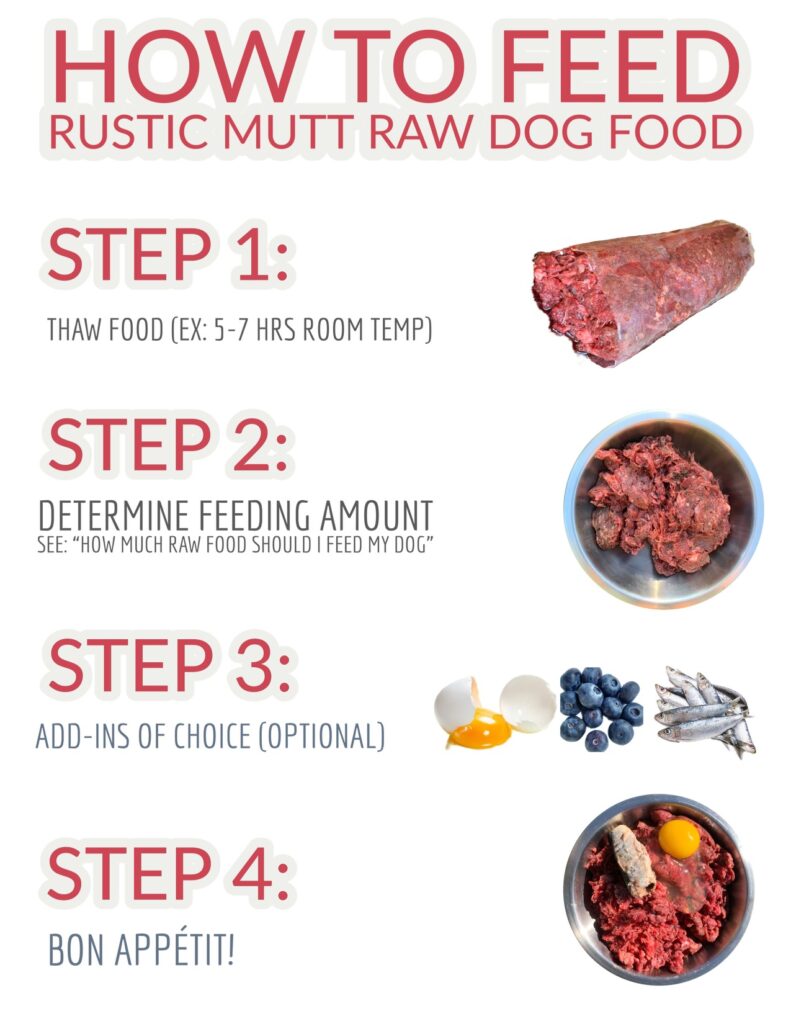

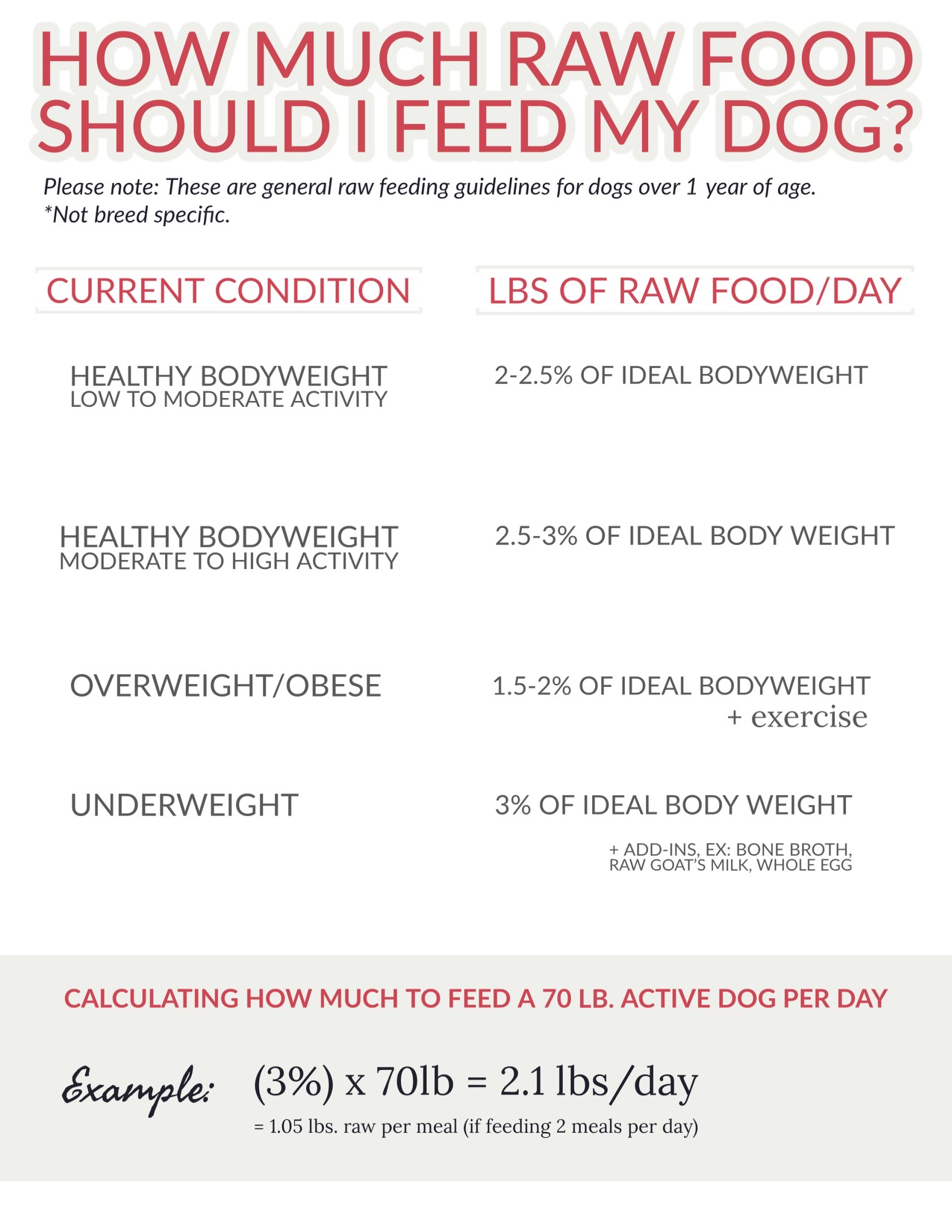
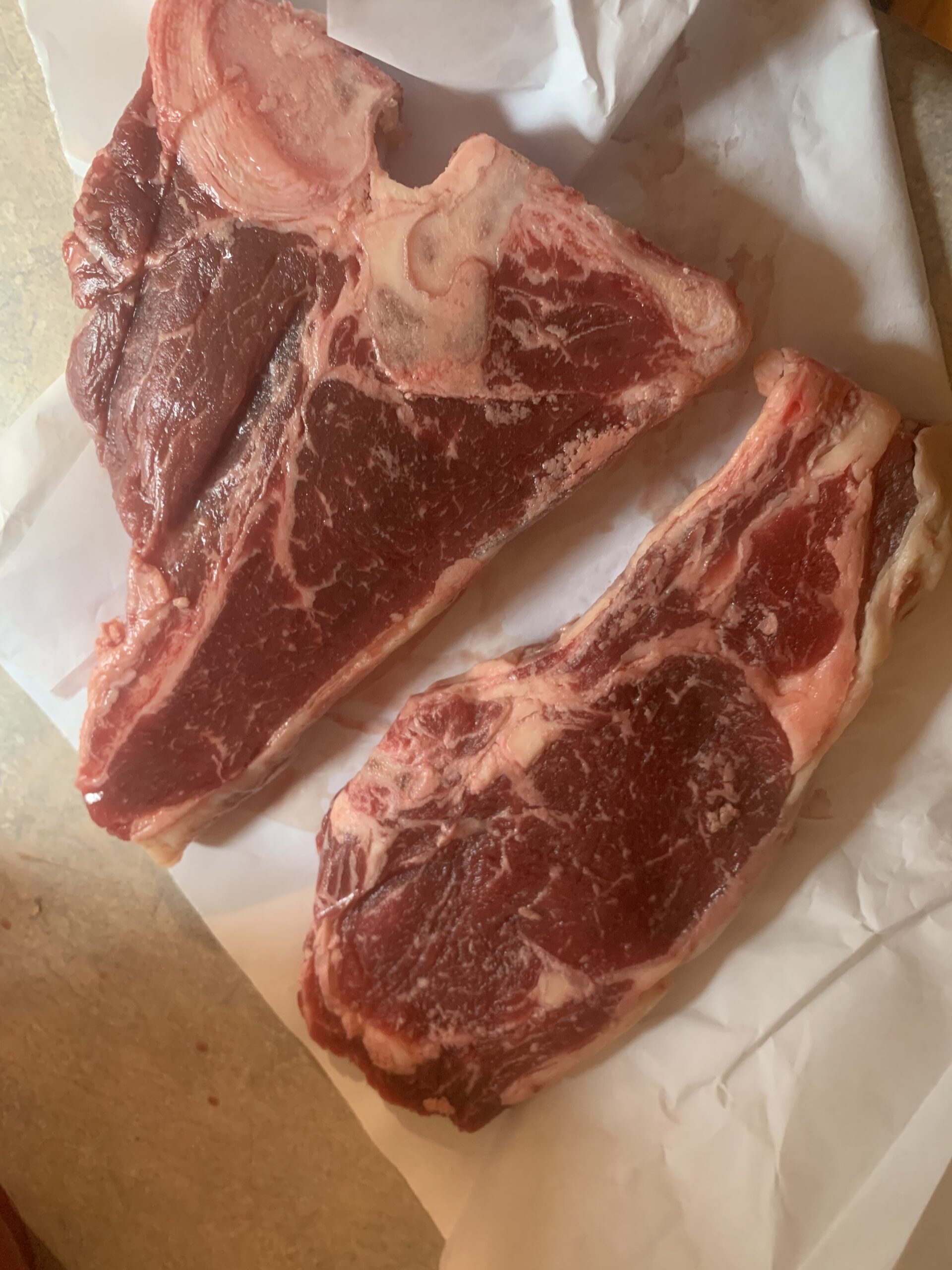
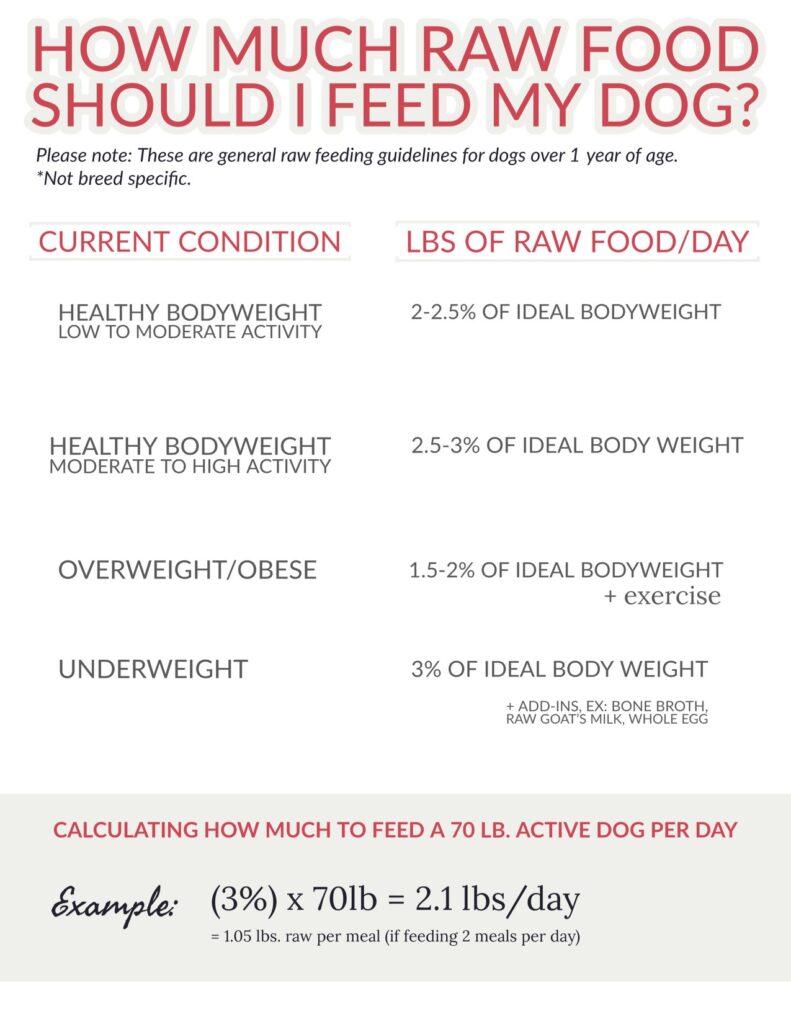
How much raw food should I feed my dog?
Generally speaking, for dogs 1 year and older, it is often recommended to feed ~2-3% of your dog’s ideal body weight in lbs. of food per day. Minimally or inactive dogs being closer to 2%, active dogs being closer to 3%. Note: Different breeds, ages, and health conditions will impact recommended feeding amount. Being aware of any changes in your dog’s weight, hunger, energy levels, etc… can help determine if more or less raw food is necessary.
For overweight/obese dogs it is recommended to calculate closer to 1.5-2% of your dog’s ideal body weight, plus adding in mild exercise until the dog reaches optimal weight.
For underweight dogs it is recommended to calculate 3-3.25% of dog’s ideal body weight + add in’s (ex: bone broth, goat’s milk, whole eggs) until your dog reaches their optimal weight.

How to transition from kibble to raw?
Here are a few options on how to transition your dog to a raw diet. For dogs who will eat anything, Option 1 may work just fine! Keep in mind, it may take time for your dog’s digestive system to adapt to the new diet. It is recommended to continue monitoring stools and be aware that stools may vary during the adaptation phase. Within just a few days, you will likely notice that your dog has smoother, less smelly, and less frequent bowel movements. A benefit of feeding raw- your dog’s body is utilizing much more of their consumption, resulting in less waste!
For picky eaters, it is recommended to introduce raw food slowly (Option 2). Using small portions of slightly frozen raw food as treats can help your dog adapt to the new taste and texture. Then, progress to feeding a mix of slightly less kibble + a small portion of raw food. Each day, increasing the amount of raw food until your dog is eating all raw.
Option 3 can be a temporary or long-term approach. Feeding 1 meal kibble and 1 meal raw can be a more economic approach for people who do not wish to feed all raw, but would still prefer their dog to reap a portion of raw feeding benefits. It can also be a beneficial approach to transitioning to an all raw diet. This approach can be easier on a sensitive digestive tract.
